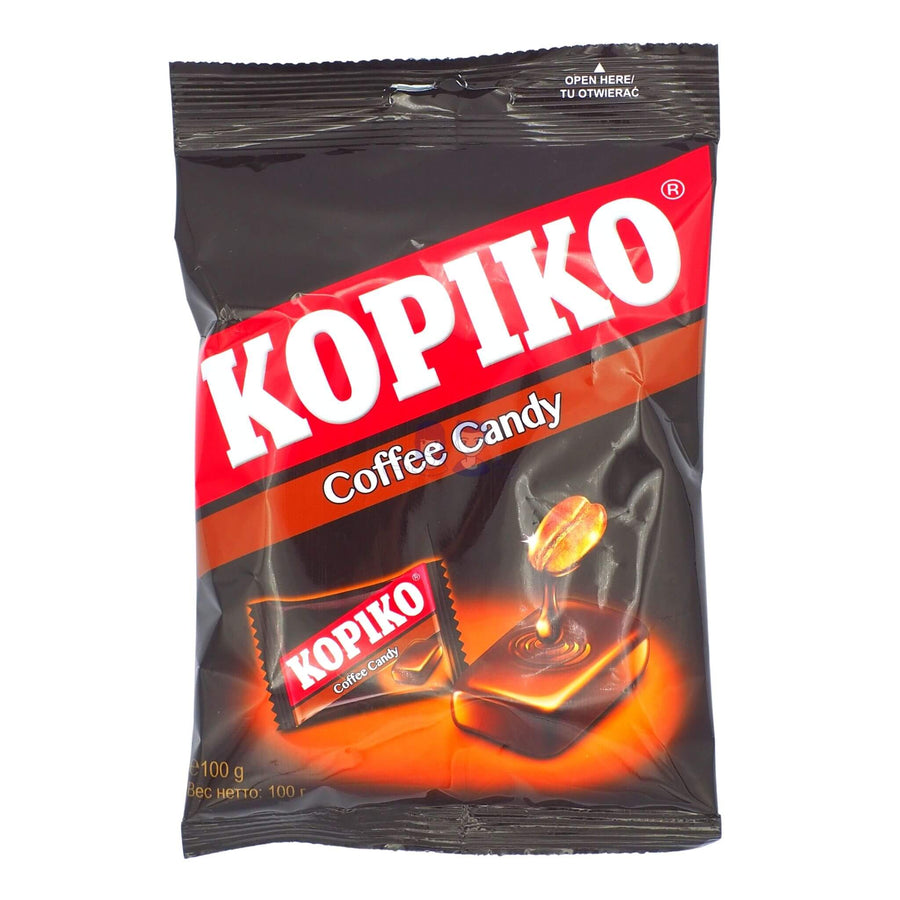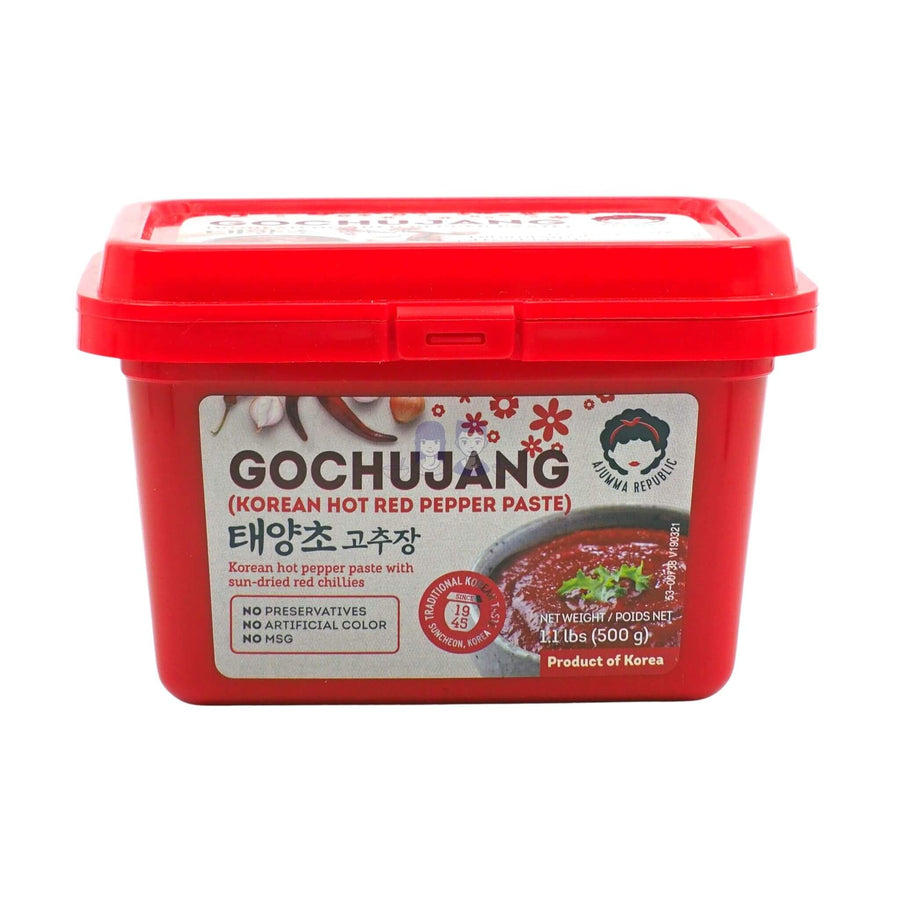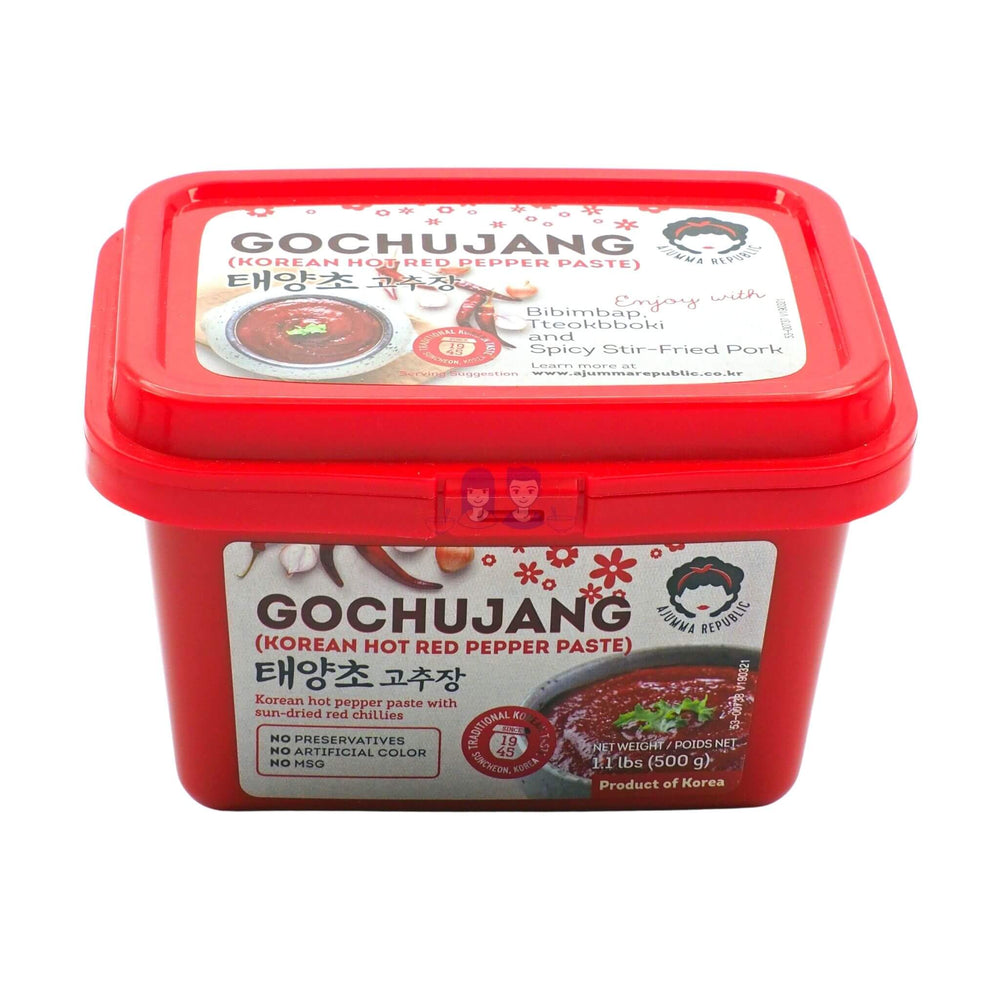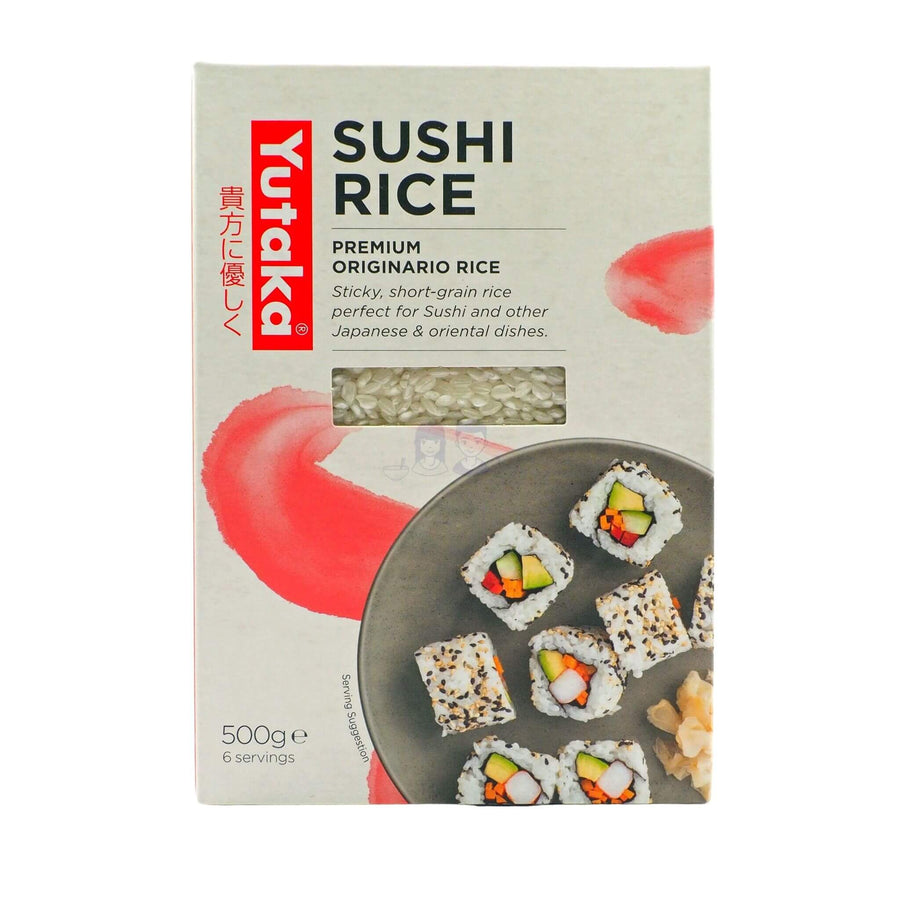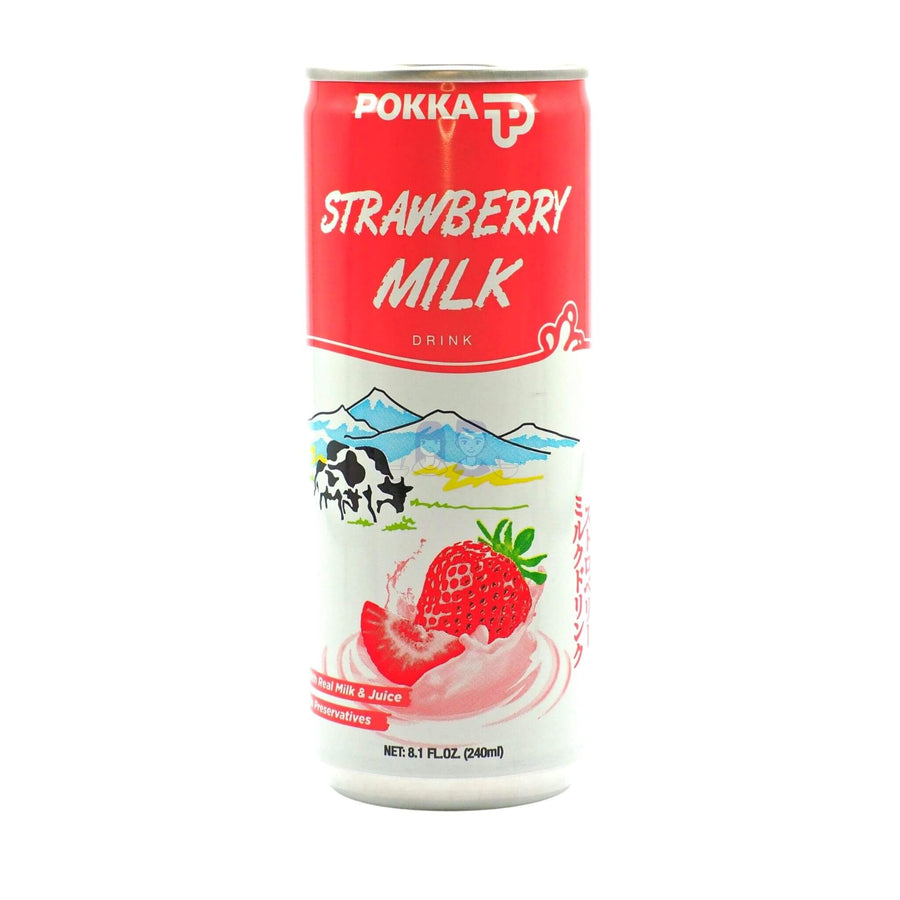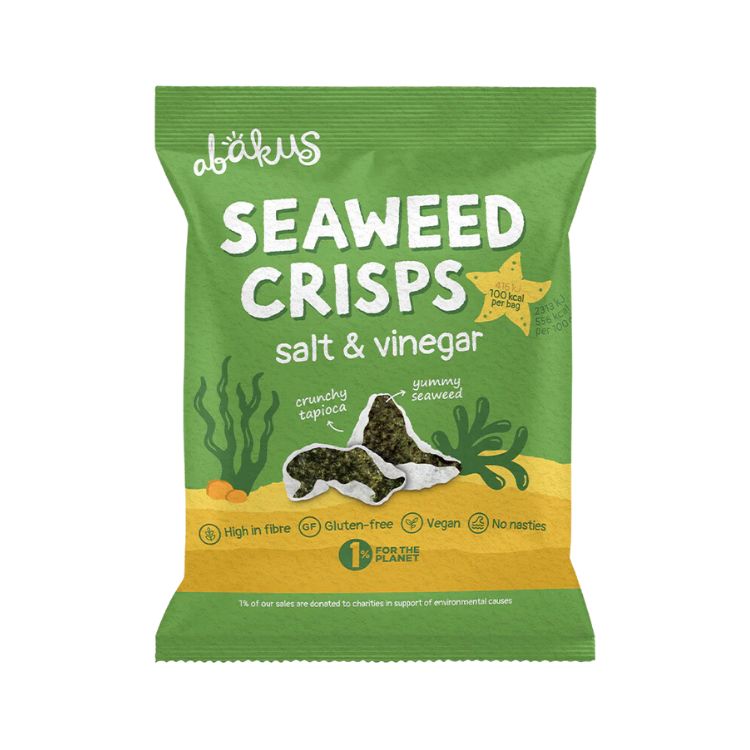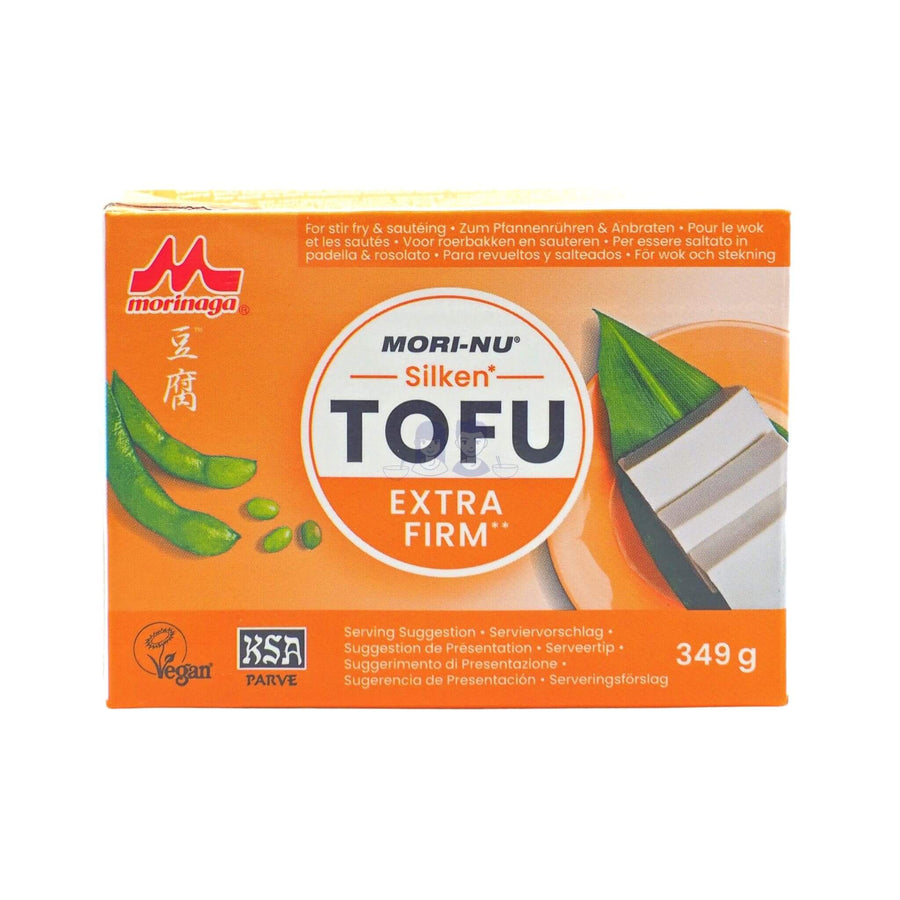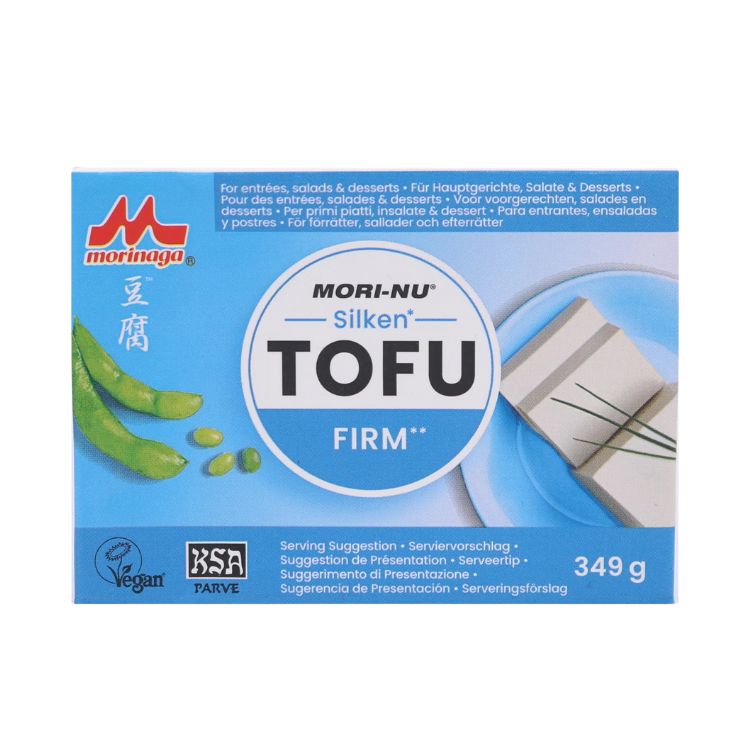What To Do With Tofu: Types, Tips & Recipes You’ll Love
Tofu is a versatile, protein-rich food made from soybeans that's a staple in Asian cuisine.
Originating over 2,000 years ago, tofu is celebrated for its ability to absorb flavours and adapt to a variety of dishes.
Today, we’ll explore what tofu is, the different types available, and - most importantly - what to do with tofu, including some of our own delicious recipe ideas for you to try at home!
→ Shop now: Our handpicked range of tofu products
Origins and Makeup of Tofu
Tofu originated in China about 2,000 years ago, before spreading to Japan in the 8th century, and throughout Southeast Asia – with each country developing its unique, traditional ways of cooking with it.
So, what is tofu made of? The process involves curdling soy milk and water using nigari – a leftover product from the extraction process of salt from seawater. The soft texture and mild flavour of tofu are some reasons why it’s featured so often across Asian cuisines with different uses – examples include being steamed in Japanese miso soup, stir-fried as in Chinese Mapo Tofu or Pad Thai, deep-fried like the Indonesian tahu goreng, or even enjoyed on its own. If you are daring you can also enjoy it in the form of the popular Taiwanese food, stinky food.
Tofu: A ‘Superfood’
Rich in nutrients, high in protein and low in calories and fat, tofu has been crowned an "Asian superfood". The health benefits of tofu include lowering the risk of lifestyle - or age-related disease. As such, adding tofu to a well-balanced diet including popular Asian vegetables, can enhance your health and overall well-being.
Nutritional Value of Tofu
Tofu is packed with nutrients that make it a fantastic addition to your diet:
- High in Protein: Approximately 8 grams of protein per 100 grams, making it an excellent source of plant-based protein.
- Essential Amino Acids: Contains all nine essential amino acids your body needs to function properly.
- Rich in Minerals: Provides iron, calcium, and magnesium, which support bone health and energy levels.
- Low in Calories: With around 70 calories per 100 grams, it's great for weight management and we love using it when dieting.
- Healthy Fats: Contains beneficial unsaturated fats while also being low in saturated fat.
Incorporating tofu into your meals can contribute to a balanced and nutritious diet.
Potential Considerations When Consuming Tofu
While tofu is a nutritious addition to most diets, it's important to consume it in moderation:
- Soy Allergies: Individuals with soy allergies should avoid tofu and soy-based products.
- Thyroid Function: Excessive consumption of soy may affect thyroid function in some people with pre-existing conditions.
- Processing Levels: Opting for less processed tofu varieties can maximise health benefits.
If you have any concerns, it's best to consult with a healthcare professional before making significant dietary changes.
Tofu Types and Recipes
At Asian restaurants or grocers, you’re sure to be greeted with a diverse range of tofu, often sold in blocks encased in water within plastic packages. Ever wondered how each white, creamy block differs from the others?
There are mainly two types of tofu – silken, and non-silken (regular tofu), which come in medium-firm, firm, and extra-firm varieties.
#1 Silken Tofu
Also known as Japanese tofu or soft tofu, silken tofu has a pudding-like consistency and mildly sweet flavour. Due to its high moisture content, it can fall apart easily and must be handled delicately.

Preparation Methods:
Before you begin cooking with silken tofu, remember to drain the excess liquid from its packaging to avoid diluting the dish you’re cooking with. Be mindful not to press silken tofu when draining as it will crumble with pressure.
Recipe ideas:
Its soft texture makes it the perfect base for desserts, sauces, or dressings! In Chinese cuisine, silken tofu can be served cold or steamed on a bed of savoury sauce. It’s also featured in the popular Sundubu Jjigae (Korean Spicy Soft Tofu Stew) in Korean cuisine.
Here’s a quick and refreshing silken tofu recipe you can whip up on hot days:
Spicy Silken Tofu (Served cold)
- Ensure the tofu is drained of excess liquid
- In a separate bowl, mix soy sauce, sesame oil, minced garlic, sugar, and chillies
- Transfer tofu onto a plate
- Pour dressing over tofu
- Garnish with chopped scallions (optional)
#2 Regular Tofu (Medium-Firm):
As mentioned, there are three types of regular tofu: medium-firm, firm and extra-firm. Although medium tofu is firmer than silken tofu due to its lower moisture content, it will still crumble under much pressure.
Preparation Methods:
Drain excess liquid by placing the tofu on absorbent paper towels for about ten minutes. While tofu readily absorbs the sauces it’s cooked in, preparation is key to ensuring that all or most water has been removed to allow it to hold sauces.
Recipe ideas:
Medium-firm tofu does hold up its shape fairly well and is great braised, boiled or pan-fried. It’s featured in popular Asian dishes including several of our favourites like Sichuan style Mapo Tofu and Asian soups including Japanese miso soup or Korean kimchi jjigae. Here’s another one of our favourite, simple Asian tofu recipes to try.
Japanese Agedashi Tofu
- Ensure tofu is drained from excess liquid
- Slice the block into about 6-8 similar-sized cubes
- Lightly coat tofu cubes with a generous layer of potato starch
- Deep-fry tofu cubes until golden brown
- In a separate bowl, mix dashi stock, soy sauce, sugar, and mirin
- Add tofu cubes to a serving bowl and pour the dressing over
- Garnish with scallions or grated daikon

#3 Firm Tofu
Denser than regular tofu, firm tofu holds up its shape very well. This means you’re free to handle it without fear of breakage, and it's perfect for stir-frying, deep-frying and even Asian hot pot.
Preparation methods
When preparing firm tofu, drain excess water with a method called ‘pressing’. Either press the tofu between two paper towels or weigh it down with something heavy to remove moisture.
Another method is ‘salt-soaking’. Place the tofu in salt water for about fifteen minutes, then press out any liquid from the tofu with a paper towel. This method also adds more taste to the tofu.
Recipe ideas
Firm tofu is featured in well-loved Asian dishes such as Chinese veggie or beef stir-fries and Pad Thai in Thai cuisine. We love it, try it out for yourself!
Tofu Stir-fry
- Ensure tofu is drained from excess liquid
- Prepare the dressing by mixing soy sauce, sesame oil, and Shaoxing wine
- Coat tofu with potato starch
- Pan-fry tofu over medium heat with minced ginger and garlic, until both sides are golden brown
- Add dressing to the pan and serve over rice

#4 Extra-firm
With its very firm texture, extra-firm tofu makes it suitable for slicing and frying. It can also be swapped with firm tofu in some dishes.
Preparation methods:
Remove excess water by either pressing or salt-soaking. As block tofu has a generally mild taste, it makes it the perfect base to enhance or create dishes.
In addition to draining water, consider marinating extra-firm tofu if you’d like a more flavourful dish. The marinating process can last from half an hour to overnight, especially since this tofu type will hold up its shape throughout the marination process.
Recipe Ideas
Its chewy texture makes extra-firm tofu popular as a meat substitute. They’re also often featured in noodle, veggie, or meat stir-fries like Korean Japchae (Korean Glass Noodle Stir Fry). You can also eat it on its own!
Crispy Baked Tofu
- Prepare extra-firm tofu by removing nearly all moisture content to ensure maximum crispiness
- Coat tofu in soy sauce and cornstarch
- Bake tofu until golden brown
#5 Long-life tofu
While an unopened pack of tofu can last for a few months in the refrigerator after its manufacturing date, you might want something with a longer shelf life. Consider long-life tofu, which tastes very similar to fresh tofu, and can be stored in a cool, dry place for between a few months to a year. However, it only keeps in the refrigerator for 3-5 days after opening.
Exploring Other Soy-Based Foods
If you enjoy tofu, you might also like other soy-based foods commonly used in Asian cuisine:
-
Tempeh: A fermented soybean product with a firm texture and nutty flavour. It's perfect for stir-fries, grilling, or as a meat substitute in sandwiches.
-
Edamame: Young soybeans that are often steamed and lightly salted. They're a nutritious snack or a great addition to salads and rice dishes.
-
Soy Milk: A popular dairy alternative that's used in beverages, cereals, and baking.
Exploring these options can add variety to your diet and introduce you to new flavours and textures.
Final Word
The next time you're planning a meal, why not explore our selection of tofu and experiment with this versatile Asian ingredient?
Looking for inspiration on how to use tofu in your cooking? Check out kurumicooks for an amazing collection of authentic and easy-to-follow Japanese recipes!


